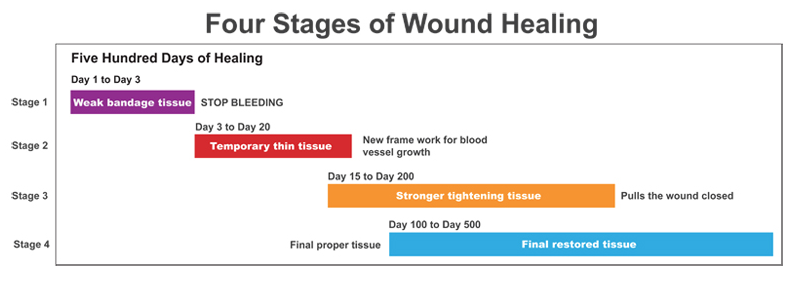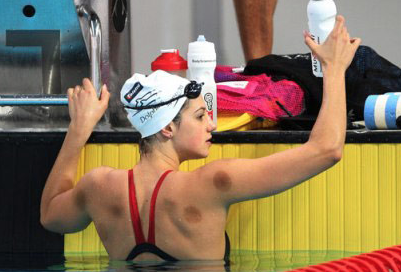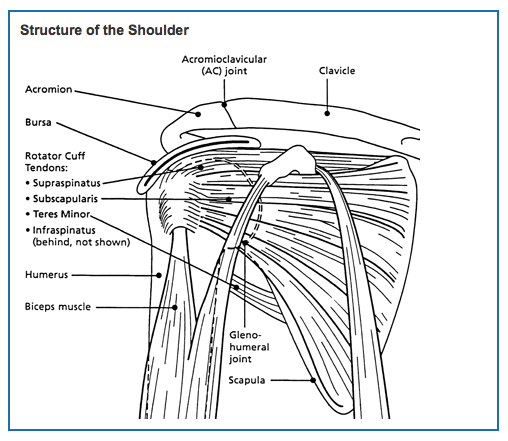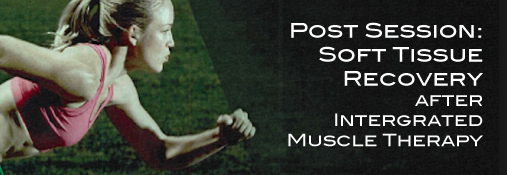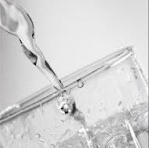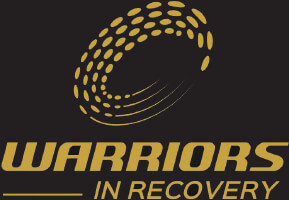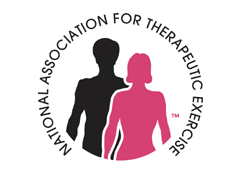I can’t tell you how many serious cyclists I know who spend an astonishing amount of time and money on buying and retrofitting bikes in constant search of the “Perfect Bike Fit” to improve their performance times. In all of this money and time spent on this Holy Grail, you’d think these people might consider first restoring proper function to the most critical component in this equipment equation – their own body. Everyday muscle imbalances, bad movement patterns, joint fixations distort the skeletal framework, making the cyclists’ attempts to ease their pains and improve their performance times a never ending and expensive quest.
Those of us in the athletic performance and functional movement industries already know of the clinical and performance advantages that are gained by restoring optimal mobility and stability to cyclists. It just makes common sense to get these athletes corrected before sending them off to get an expensive and sometimes useless bike fit.
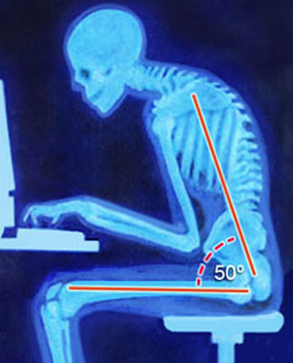
It makes sense that, in the beginning, right after your bike fit it should certainly provide you with a comfortable, pain-free ride. The reason why is simply because your bike now fits your ‘jacked-up’ body. Do you ever wonder why soon (depending on how much you ride) you begin complaining about things like knee irritation, low back stiffness and an increased frequency of headaches particularly on long bumpy rides?
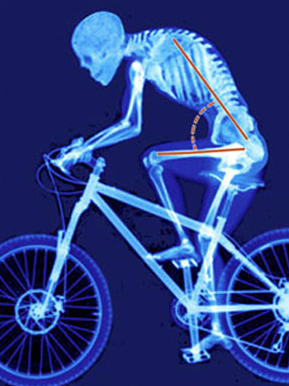
Seriously??? How many times have you heard “well, the problem is improper cleat placement, saddle placement, and other adjustments on the bike?” Or when you tell the bike shop person that your hands get numb and then he sells you a new improved padded glove to relieve pressure on the nerves in your hands…or even better…“your problem is from an improper bike fit and you just need to get an adjustment to reduce the amount of pressure on your arms and hands. We might even need to pick a new handlebar to improve your fit”…Stop throwing away your $$$$!!!!
It’s like my oncology radiologist doc told me when I asked him about alkaline water and whether I should buy a machine or buy it in the store. He responded, “don’t waste your money on the scams. It’s just sodium bicarbonate in regular water. All you have to do is put a teaspoon of sodium bicarbonate in…” I felt like such a sucker falling into this “fear” trap as he proceeded to give me the recipe for alkaline water to make for about .05$. I mean, here I was about to spend thousands of dollars on a machine to make this alkaline water for me and the answer was so simple.
Then it hit me today as I looked at my water on my desk. This is EXACTLY what cyclists need to do…stop the insanity and get fixed before you get a bike fit.
Bottom line…without hands on maintenance by a qualified therapist and functional exercise fine-tuning, cyclists will continue to unknowingly reinforce faulty movement patterns that will cause wear and tear on their bodies. When these micro- or macro- traumas occur your body will then compensate by using an alternative movement pattern.

Your brain and nervous system learns movement patterns. Doesn’t matter whether these patterns are functionally correct or incorrect. Once this dysfunctional movement is programed in your central nervous system, pain and numbness are often sustained. Soon, all this goes beyond the acute phase and leads to chronic soft tissue and joint pathologies.
So here in lies the rub…what happens when a bike is fitted to a crooked human framework? I think the answer is as clear as the glass of water on my desk!
Cheers, Dianne

